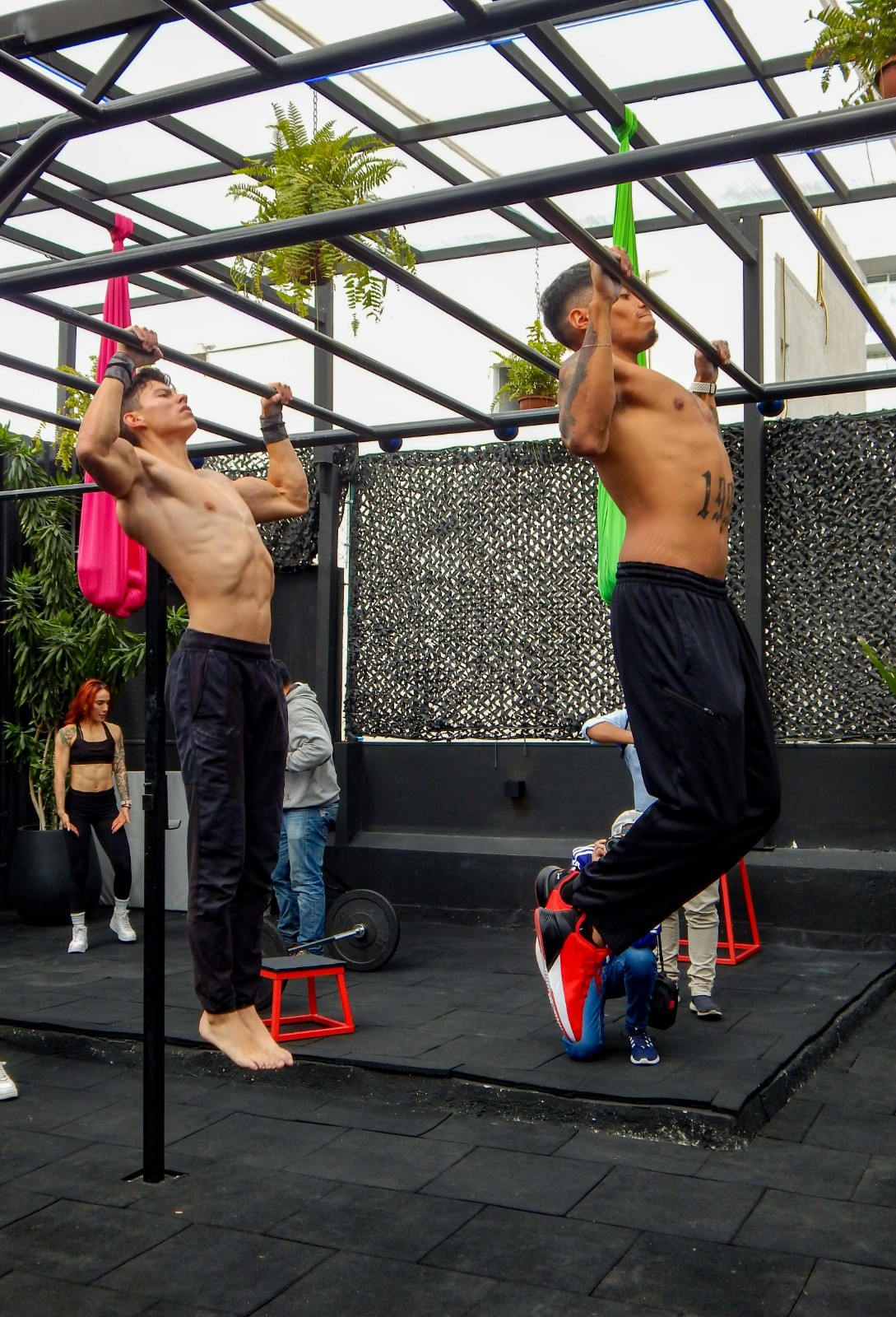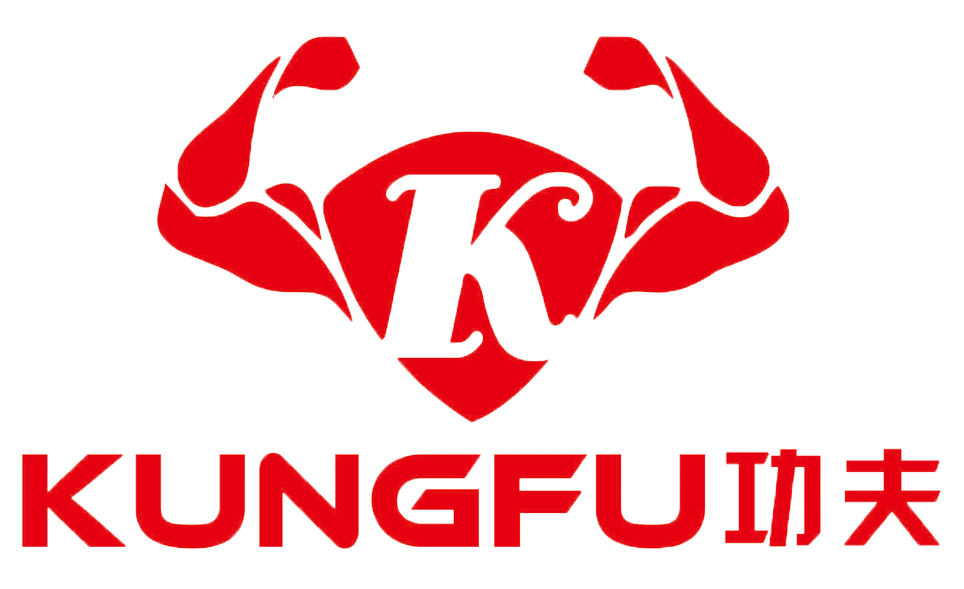Introduction
Let's cut to the chase. In a functional fitness gym, the rig is everything. It's the centerpiece, the workhorse, and the community hub. For you—the distributor, the dealer, the person outfitting these facilities—your job isn't just to sell steel; it's to sell the right solution.

The Foundation: Freestanding Rig or Wall-Mount Rig?
This is the first, and most important, question. The answer comes down to one thing: how does your client plan to use their floor space?
The Freestanding Rig: The King of Group Classes
This is your go-to for facilities with open space. A Freestanding rig is a self-contained unit, and its biggest advantage is capacity.
- Why It Works: It allows people to work on both sides. This is a massive advantage for managing a large class. You can have one group squatting on one side and another doing pull-ups on the other, all under the coach's eye. It’s a cross training rig designed for volume.
- The Business Pitch: This is the "community builder." It’s the centerpiece that allows a gym to run bigger, more profitable classes smoothly. More people training happily means better member retention.
The Wall-Mount Rig: The Space-Saving Specialist
This is the smart choice for smaller studios or gyms that need to maximize open floor space. It bolts directly to a sturdy wall.
- Why It Works: Its whole purpose is to save space. Period. By putting the rig against the wall, you open up the entire center of the gym for WODs, sleds, box jumps, and everything else. It delivers the core functions—squat stations, pull-up bars—without eating up the whole room.
- The Business Pitch: This is the "efficiency expert." It's the solution for clients who need the functionality of a rig but can't afford to sacrifice their open floor for it. It maximizes the value of every square foot.
The Nuts and Bolts. What Really Matters in a Rig's Design.
Once the type is set, it's time to talk specifics. These are the details that separate a high-quality rig from a liability.
Your client needs a rig that fits their class size.
Station Spacing: A 4-foot bay is standard for a squat/pull-up station. But for classes that do a lot of kipping movements, advise them to include 6-foot sections. That extra two feet of space is a game-changer for member comfort and safety.
The Quick Math: Tell them to plan for their average class size, then add a couple of extra stations as a buffer. A growing gym will be thankful for the extra capacity later.
The Steel. This is non-negotiable.
- The Standard: Standard steel is the only answer for commercial gym rigs.
- Upright Size: 3x3" uprights are the modern standard for a reason. They're incredibly stable, look professional, and offer the widest range of compatibility with attachments from various sources.
The Growing Trend: The Outdoor Gym Rig
The demand for outdoor training is exploding. An outdoor gym rig is a huge competitive advantage for your clients, but it has to be built differently.
- The Key is Weatherproofing: The steel
must be galvanizedbefore it's powder-coated. If a supplier skips the galvanization step, the rig will rust from the inside out. All the hardware—the nuts and bolts—needs to be galvanized or stainless steel, too. - The Business Pitch: An outdoor gym rig allows your client to offer something their competition doesn't. It expands their footprint and creates a unique, highly marketable training experience.
Make:Attachments and Customization.
This is how a rig goes from being a simple frame to being the most versatile tool in the gym. This is where you create custom rigs.
The "Must-Haves"
Every rig needs these, no exceptions:
- Quality J-Hooks: With protective plastic lining to save the barbells.
- Safety Spotter Arms: Essential for any station used for heavy lifting.
- A Variety of Pull-Up Bars: Single bars, multi-grip, etc.
The "Game-Changers"
These attachments turn a good rig into a great one:
- Wall Ball Targets: A dedicated station for a staple movement.
- Dip Stations: Simple, effective, and always in demand.
- Landmine Attachments: Adds a huge range of rotational and pressing exercises.

The "Wow Factor"
This is how your client's fitness rig becomes unforgettable.
The Monkey Rig: This is more than just monkey bars. A monkey rig is a brutal training tool for building grip and pulling strength. It looks incredible, members love taking pictures and videos on it for social media, and it instantly sets a gym apart.
Rope Climb Arms: Adds a classic, high-skill test of strength.
Custom Colors & Logos: The ability to create custom rigs with a gym's brand colors and logos turns the equipment into a powerful branding tool.
Let's Build Your Gym Rig & Rack Together.
Let us work together to design and provide you with high-quality, customized, and customer-favorite equipment to build your dream gym. Please click: KungFU Custom Rigs&Racks
Email: kungfu@rzkungfu.com
Website: https://rizhaokungfu.com/
Frequently Asked Questions (FAQ)
Q1: What is the main difference between a rig and a power rack?
A1:A power rack is a self-contained four-post cage designed for one person to safely perform heavy lifts like squats and bench presses. Gym rigs are modular systems, often much larger, designed to accommodate multiple athletes simultaneously for a variety of exercises, including pull-ups, muscle-ups, and squats.
Q2: How much space should be left around the rig?
A2:A good rule of thumb is to leave at least 4-6 feet of clear space around all working sides of the rig. This allows enough room for kipping movements, safe bailing from a lift, and general foot traffic without creating a safety hazard.(For reference only)
Q3: What is the most important factor when choosing a functional fitness rig?
A3:Safety and quality are paramount. This comes down to the quality of the steel , the precision of the manufacturing (e.g., clean cuts and welds), and the quality of the hardware. A rig is a long-term investment in a gym's infrastructure and its members' safety.
